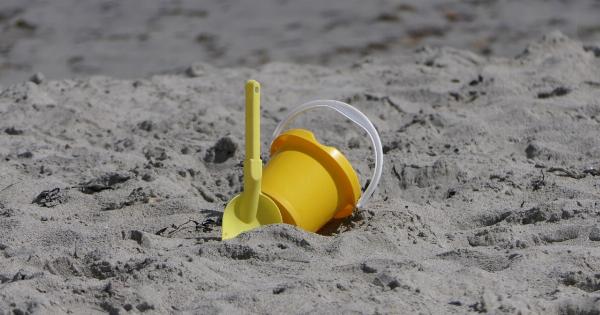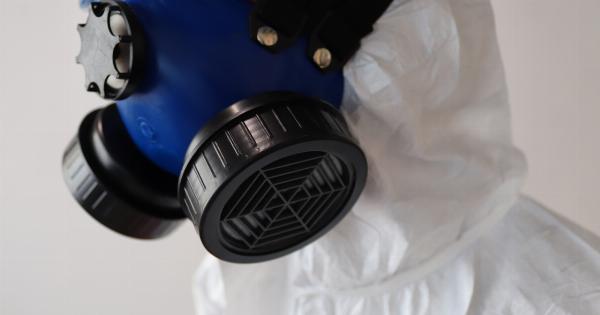When it comes to cancer, early detection is key. The earlier a cancer is detected, the better the chances of successful treatment. One often overlooked indicator of potential cancer risks lies in the condition of your foot nails.
While it may seem like a small detail, your foot nails provide important clues about your overall health, including your risk for developing cancer. In this article, we will explore how foot nails can indicate the risk of cancer.
The Basics of Foot Nails
Foot nails, like finger nails, are composed of a hard protein called keratin. They grow at a rate of about 1mm per month and serve to protect the sensitive skin at the tips of our toes.
Unlike finger nails, however, foot nails tend to be thicker and more prone to fungal infections due to prolonged exposure to moisture and pressure. In order to keep foot nails healthy, it is important to regularly trim them and keep them clean and dry.
Link Between Foot Nails and Cancer
While foot nails may not seem like an obvious indicator of cancer risk, they can actually provide important clues about potential health issues.
One of the most significant signs of potential cancer risk is the presence of black or brown stripes or dots on the nail bed. These marks, known as melanonychia, can indicate the presence of melanoma, a type of skin cancer that can be deadly if not detected early.
In addition to melanonychia, other changes in foot nails can also indicate the presence of cancer. For example, clubbing, where the nails thicken and curve around the fingertips, can be a sign of lung cancer or other lung or heart conditions.
Similarly, a yellow discoloration on the nails may indicate liver or kidney disease, both of which can increase the risk of cancer.
Other Foot Nail Issues and Their Possible Links to Cancer
While changes in color and shape are typically the most obvious signs of potential cancer risks, other foot nail issues can also provide important clues about overall health.
For example, frequent fungal infections can weaken the immune system, which can make it more difficult for the body to fight off cancer cells. Additionally, poor circulation, which can be indicated by blue or purple nail beds, can make it difficult for the body to transport white blood cells to fight off infections and cancer cells.
Overall, it is important to pay attention to any changes in foot nails, as they can indicate potential health issues including cancer.
By regularly examining your foot nails and seeking medical attention for any concerning changes, you can take an active role in protecting your health and potentially detecting cancer before it becomes more serious.
Preventing Foot Nail Issues
While some foot nail issues may be linked to cancer risks, many others are preventable or treatable with proper care. Some tips for keeping your foot nails healthy include:.
- Trimming your nails regularly with proper nail clippers
- Keeping your feet clean and dry, especially after activities that cause sweating
- Avoiding going barefoot in public areas like pools and locker rooms to prevent fungal infections
- Wearing properly fitting shoes with good ventilation to prevent pressure and moisture buildup
- Using foot powder or antifungal sprays to prevent fungal infections
By following these simple steps, you can help keep your foot nails healthy and potentially reduce your risk for foot nail-related health issues, including cancer.
Conclusion
While foot nails may seem like a minor detail, they can actually provide important clues about your overall health, including your risk for developing cancer.
By paying attention to changes in foot nail color, shape, and texture, and seeking medical attention for any concerning issues, you can take an active role in protecting your health and potentially detecting cancer early. With regular care and attention, you can keep your foot nails healthy and help reduce your risk of cancer and other foot nail-related health issues.





























